Iceland. Ísland. The Land of Fire and Ice. We were excited to be visiting, but a look ahead at the local cuisine rang a bunch of alarm bells. Nothing grows on Iceland except endless swathes of ancient moss and about five trees. While you might think that the country would be abundantly supplied with fish, one of the staple protein sources on Iceland is actually lamb. Looking at the wind-torn, volcanic landscape of black soil and tufted grass, it is clear that it is eminently suitable for raising sheep, but not much else. We did see wild horses wandering around, and we found those on the menu too. We located cows in the south, near the isolated, volcano-threatened village of Vik, but they were heavy with milk, and probably there to make the raw ingredients for the ubiquitous, protein-rich Skyr yoghurt that Icelanders seem to live on. As for Larousse, it skips from ‘Ice cream’ to ‘Ice wine,’ and ignores the cuisine of Iceland altogether.
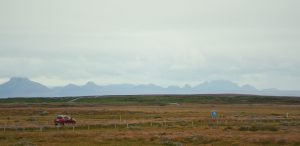
Iceland – no agriculture for miles
And then there is the cost. Everything in Iceland (except energy, which comes out of the ground for free in the form of sulphur-laden, rising sculptures of mad-hot geothermal steam) is eye-wateringly expensive. A side of cod can set you back ISK 2,700, which is about £20.
Hotdogs (pyslur) are served here. They are a distant kissing cousin of the baseball field ‘dog with all the fixings,’ and they are certainly a superior product. These are served in a slightly crusty bread, with potato salad, pickled fresh cabbage, raw pickled onions, chilli sauce and Dijon-style mustard. They are clearly geared towards victualling people who live in the freezing cold and spend half the year in complete darkness, rather than families ‘enjoying’ a summer day watching an incomprehensible, four-hour game in raw summer heat at Enron Field.
The Huffington Post rate Icelanic hotdogs as the best in the world. We got ours from Ísbúdin Laugalæk on the corner of Hrîsateigur and Laugalækur, Reykjavik where Nosey Chef, rather than trying to imprint his own ideas of ‘good’ on the pylsur, asked for his served how the staff like it. I was given ‘the works’ of potato salad, the cabbage, a wee bit of the onion, and a liberal squirt of mustard. This was mashed into the bread with a fork, before this symphonic taste medley was topped with a press-grilled sausage (possibly lamb-heavy) that looked like a pale, seared bockwurst.

Pylsur (hotdogs) from Ísbúdin Laugalæk
Pylsur are a fantastic lunch time treat, but OMG £10 a go. To give colour to that, our holiday group visited the area around the North American/European tectonic plate fault line (Thingvellir), and were charged £2.70 to get into the lavatory. Icelandic prices literally took the p**s.
Almost every time we popped into a café or roadside stop, the menus featured Kjötsúpa. This often termed ‘Icelandic lamb soup,’ but what we are really looking at here is a lamb stew in a loose liquor, eaten with a spoon rather than a fork. The source of the ingredients is where it all gets interesting. We had seen the sheep, like white polka dots decorating the black lava fields, and we had also seen a few sodium-lit polytunnels where farmers were clearly cultivating crops against the odds of rain, wind and volcanic annihilation. It wasn’t until we visited a grocer (Frú Lauga, Laugalækur, Reykjavík) that we got the whole picture. We went into Frú Lauga clutching an iPhone with our chosen kjötsúpa recipe shining on the screen. Announcing “We are going to make this – we need all the bits,” we were taken on a quick tour of Icelandic produce. The husband owner had us try a handful of his slow-grown Icelandic blueberries. These were furiously fruity, and packed with sugars. For the kjötsúpa, his wife showed us some utter puny celery stalks. These were less than 8 inches long, and only about a centimetre wide. But, man were they green. The taste was intense and peppery, more like lovage than celery. Again, these were grown slowly on Iceland, and the slow growth concentrated their flavour.
Mr Frú Lauga was jumping up and down with excitement that day because Icelandair Cargo had delivered some garlic from Italy that morning. Garlic is absent from most recipes for kjötsúpa, probably because it is not universally available. We were firmly told that if garlic is available, it goes in the soup.
Another debatable ingredient is brown rice. It appears in some recipes as a thickener, but Mrs Frú Lauga gave me an odd look when I mentioned it. Photos of kjötsúpa don’t appear to include rice either. In Reykjavik, I made it with the rice because cooking for 14 people late in the evening after long day looking round the island is no time to start doing kitchen experiments. Later research has convinced me that the rice should not be there, and omitting it means you can avoid the risks associated with eating leftovers the next day (reheating rice requires care to avoid food poisoning). In fact, as we were told in the grocers, kjötsúpa is best made the day before it is eaten, so that the flavours can develop overnight. Leaving out the rice makes all that a lot safer.
Kjötsúpa
Ingredients
- 1kg lamb shoulder, cut into bite-sized chunks
- 1 onion, chopped
- 1 carrot, diced
- Half a swede (rutabaga), diced
- Four Maris Piper potatoes, diced
- Quarter white cabbage, chopped
- 1 tbsp dried thyme
- Salt and pepper
- A chopped garish of parsley, celery leaves or lovage
Instructions
Place the lamb in a large casserole, cover with water and bring to the boil. Reduce to simmer and add the onions, thyme and a liberal dose of salt and black pepper. Simmer partially covered for 40 mins, removing any scum.
After 40 mins, add the remaining ingredients, add water to just cover, bring to the boil and simmer partly covered for a further 20 mins.
Season to taste. You might need quite a lot of seasoning to balance this properly.
If you are leaving this overnight for eating the next day, chill, and spoon off some of the fat.
Serve the stewed meat and veg with a good ladle or so of the liquor.
Eat piping hot with the green garnish sprinkled over.
Notes
If you get the lamb on the bone, bone it out, but keep the bone and put that in the soup too. For the dicing of the vegetables, you are aiming for pieces that will fill a spoon, so it is not a fine dice – more like 1 inch. Icelanders call swede 'rutagba'

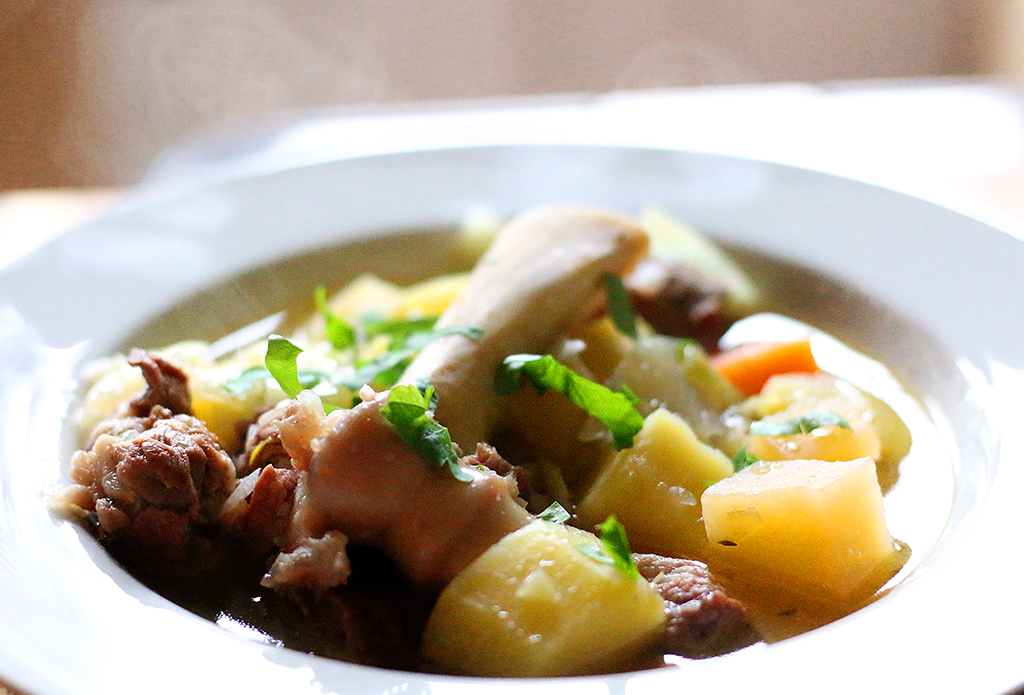

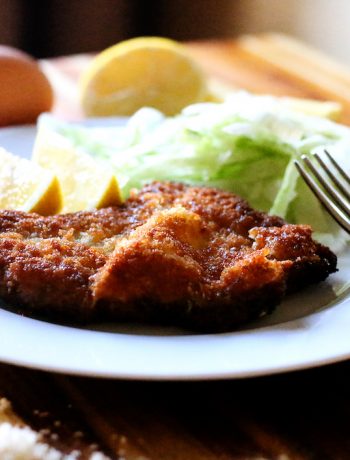
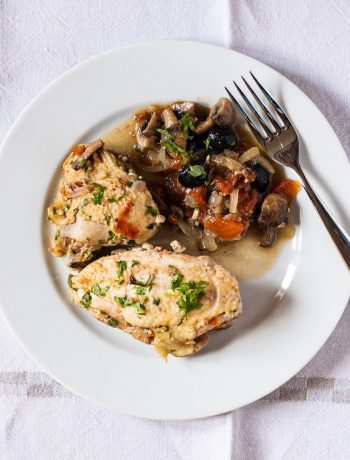
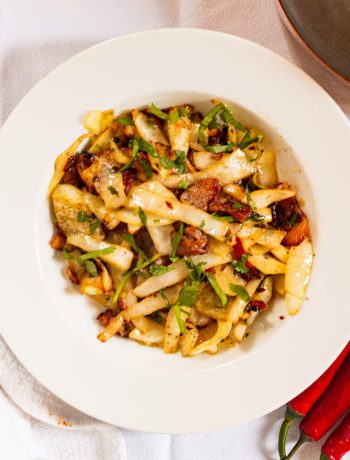
No Comments